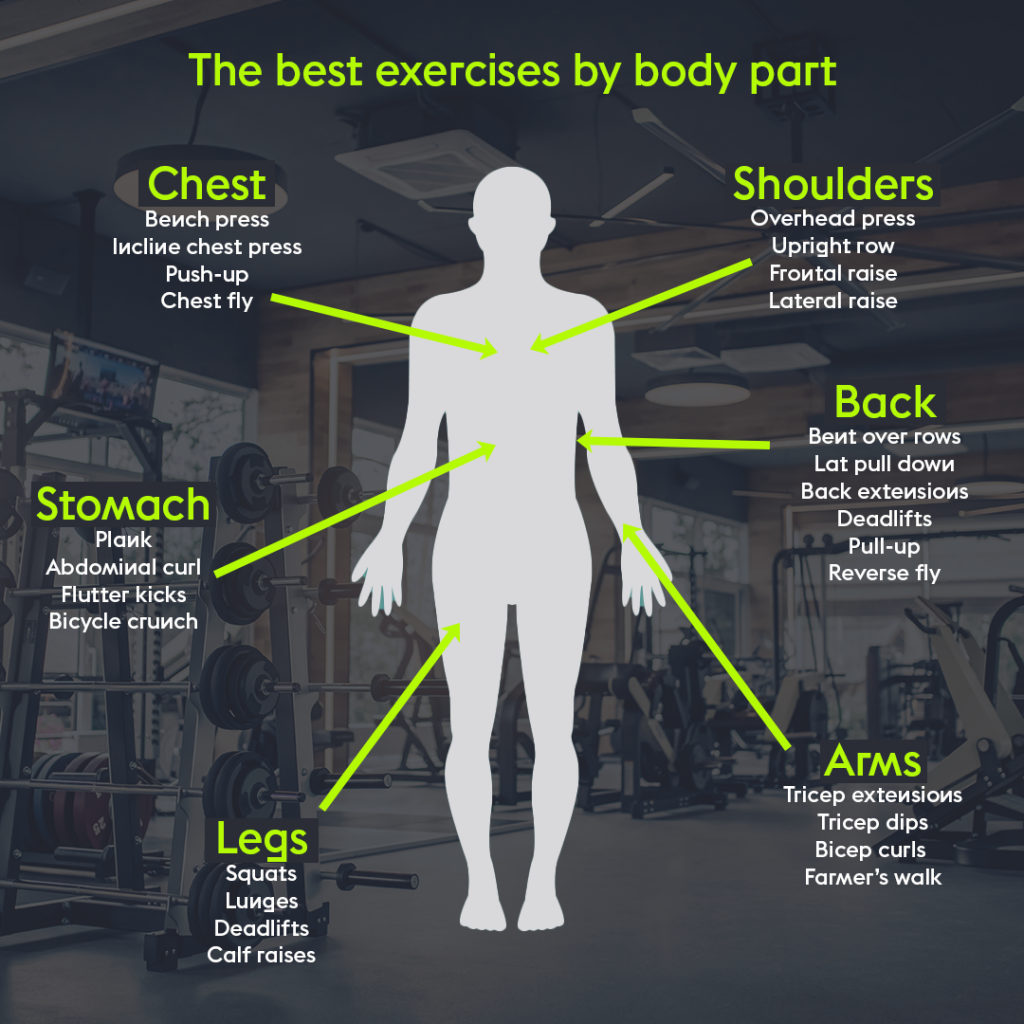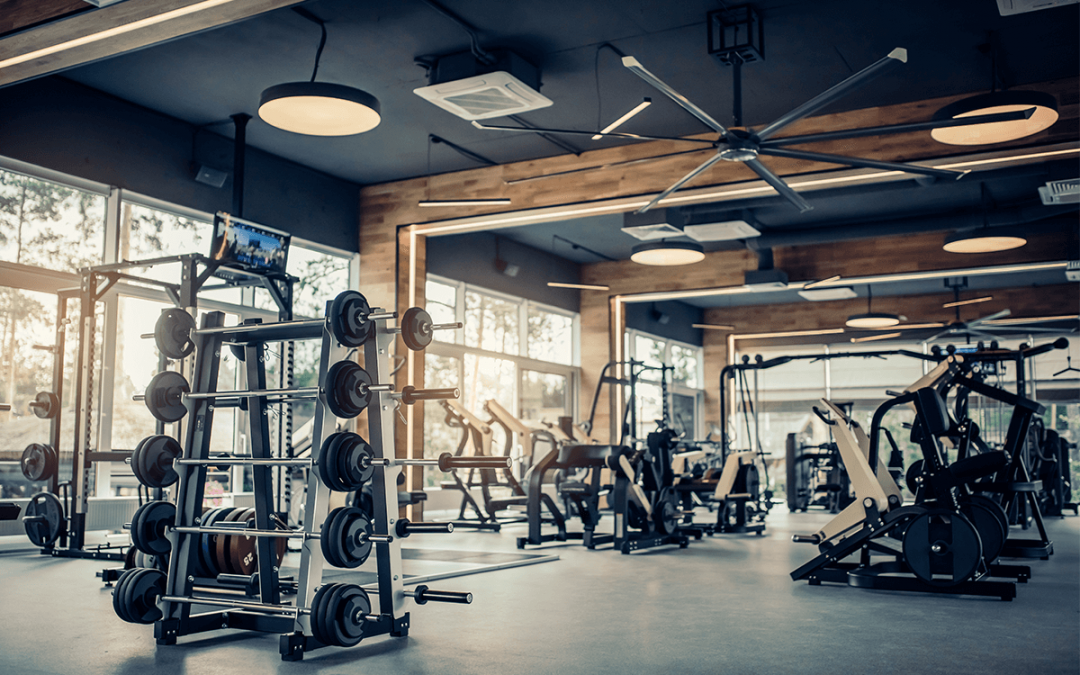When it comes to fitness and the gym, it’s often said that motivation is followed by action.
Sitting around all day waiting for inspiration to start exercising doesn’t really happen. Most often, it’s after we start moving that we really get into it. Just getting going is the hardest part.
What helps is to have a clear and structured idea of the actions we’re going to take. We’ve all had those days wandering around the gym floor with no idea of what we’re going to do. Waiting for motivation to kick in. Having a planned gym routine in place helps to kickstart the motivation to get going. It allows you to be effective and efficient with your workout, without overthinking it.
So, if you’re gearing up to get back to the gym, start putting those plans in place. Here’s how to structure a gym workout.
Are you an employer? Hussle now offer flexible, discounted access to our fitness venues as an employee benefit. Elevate employee wellbeing.
Start with dynamic stretching
The first thing to do is warm up. It doesn’t matter what else follows. Your warm-up is essential to a safe and effective workout.
It aims to increase blood flow to the muscles and starts to test mobility in the joints you’ll be using.
Dynamic stretches are the building blocks of most warm-ups. These are high tempo, preparatory movements that get the body ready for what’s to come. Unlike static stretches, there’s no holding of a particular pose. You’re continually moving in and out of the stretch. They engage muscles and practice the range of movements that you’re planning to use in your session. You’ve probably done plenty of these before.
A squat to a reach. A lunge with a twist. Walking knee hugs. All of these are examples of dynamic stretches you might do in preparation for a lower body workout.
Arm circles. Chest claps. Alternating side bends. These are some great options in preparation for upper body day.
Choose 3-4 dynamic stretches and perform each for 2 sets of 15 reps. After this, you’ll start to feel warmer and your muscles will be ready to take on some more intense exercise. If not, make sure to do a few more.
Choose your target areas
Picking some parts to focus on helps give you better direction in your routine.
It might be upper body or lower body focused workout. Or you might get a bit more granular and decide its shoulders and chest day. Or you might think it’s time for a full body. Whatever you pick is absolutely fine, just knowing will help you to choose your exercises better.
If you’re struggling for inspiration, we’ve got a list of the best exercises for different parts of the body to pick from.

Decide on the numbers
By now, you’ll know what you’re going to do but not exactly how.
The number of sets, reps, and the weight you choose for your exercises will depend on what you’re looking to achieve.
If you want to build muscle or strength, you’ll do fewer sets and reps of a heavier weight. You’ll also need plenty of rest in between. Aim for 3-5 sets of each exercise. Within each set aim for 3-12 repetitions. Pick a weight that you’ll be able to complete this with, but that challenges you enough that you probably couldn’t do much more. It’s okay to test out the amount and increase or decrease it halfway through if you need to.
If you’re looking to tone up and increase your general fitness, you’ll do more sets and reps of a slightly lighter weight. You’ll need less rest in between exercises so be sure to keep the momentum going. Circuit and HIIT sessions work pretty well for this type of goal. Aim for 2-3 sets of each exercise. Within each set aim for 12-20 repetitions.
End on the cardio
You might always include a big chunk of cardio. Or perhaps only occasionally.
Either way, start with your resistance training exercises and end on the cardio. Using cardiovascular equipment like the treadmill, cross-trainer, or the bike doesn’t require as much from your muscles. Avoid resistance training in a fatigued state and always try starting with it.
It’s perfectly okay to include some gentle cardio as part of your warm-up, but don’t do any long stints or fast sprints if you’re hoping to get a big weights session in afterwards.
Cooldown and do some developmental stretches
Making time for a cool down is underrated but very important. It helps your blood return to its natural rhythm and circulation gradually, which reduces your risk of swelling, dizziness, and even DOMs.
Especially if you’ve finished on cardio, spend 4-5 minutes cooling down by reducing the speed or intensity at which your working. Let your heart rate and breathing go back to a more manageable speed.
After that is a great time to do some developmental stretches. Unlike the type of stretching you started with, developmental stretches are often static and are used to help improve your flexibility by increasing the length of your muscles.
Doing this after exercise is key. Your muscles will be in a much looser and more relaxed state, meaning you can do these stretches without injuring yourself.
Stretch whichever muscles feels tight and the ones you’ve worked within the session. Static stretches involve no movement and although they might feel uncomfortable, they should never hurt.
Whatever your goal, take this structure and adapt it to your workout. Fitness means something different to everyone. That’s why we offer flexible passes that give you access to exercise in whatever way you want it. Get started by building your own pass.



